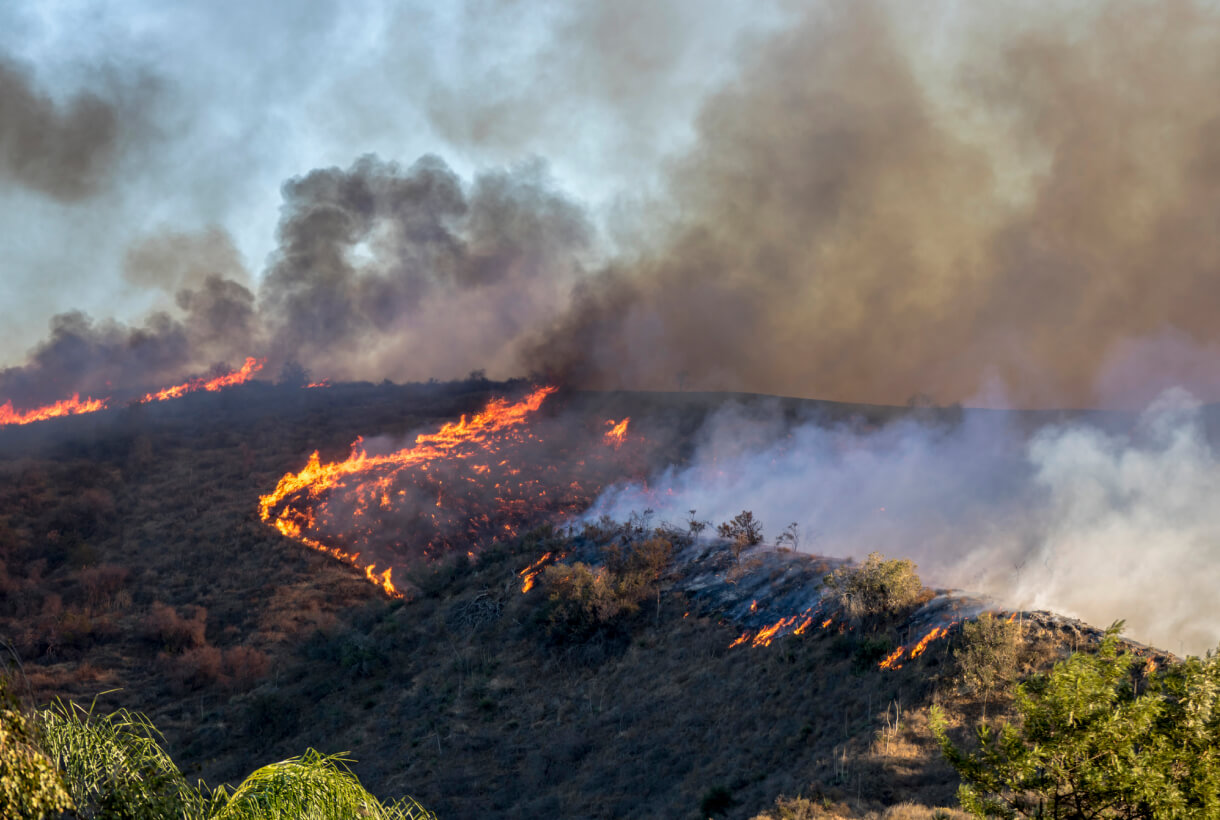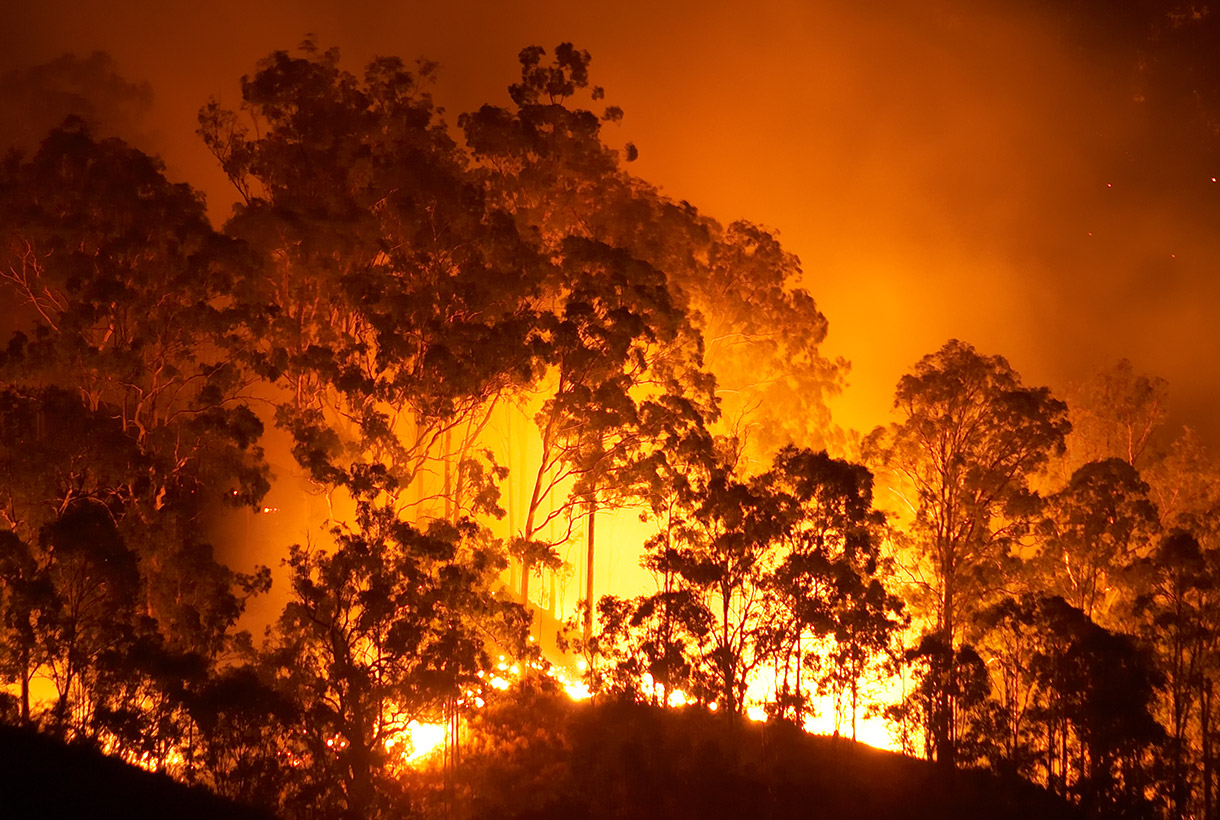Much is on our risk radar—from the rise in man-made and natural disasters to international conflicts to cyberattacks. Though these increases are alarming, organizations and government agencies can take proactive steps to improve preparedness.
May is National Wildfire Awareness Month – the perfect time to re-evaluate your wildfire preparedness plan and make needed updates. In the wake of 2023’s record-breaking number of billion-dollar disasters (28 in total) and other risk predictions for 2024, keep in mind you’ll probably need to make more adjustments than in years past.
Here are four questions you should ask when developing wildfire preparedness plans:
1. How will you assess risk?
How are you tracking inclement fire weather? Are you able to get an early warning when a threat emerges? Do you have real-time visibility into events as they occur? What kind of actionable intelligence do you receive from your current critical event management platform?
Speed and relevancy are two of the biggest challenges in planning for wildfire response, and organizational and agency leaders can leverage the power of data to strengthen preparedness. AI-powered and analyst-vetted risk intelligence helps identify current events that pose the biggest threat to people and operations in a specific location, and historical risk data can show changing patterns over a given timeframe. This helps risk and security leaders know where to focus their attention and better allocate response resources during critical events such as wildfires.
2. How will you prepare the community for potential wildfires?
Have you taken steps to educate residents about how to protect their families and property? If there’s an evacuation, do they know where to go and what to bring? Do you have a means of keeping residents informed? Residents and businesses located in fire-vulnerable areas should have a pre-packed “go bag” that contains personal items, N95 masks for smoke protection, first aid items and water.
Elevate Your Wildfire Preparedness
Improve your wildfire preparedness with expert tips and resources.
3. How will you reach anyone affected by a fire?
Once you become aware of a threat, how will you notify anyone who’s in the path of the fire? Are you prepared with automated message templates and contact lists? Speed gives your residents the best possible chance to avoid harm during a wildfire. A mass notification system eases this burden by ensuring you’re ready to communicate calmly and efficiently. Technology like two-way communications enables response teams to communicate before, during and after an incident and people to mark themselves safe or in need of assistance.
4. How will you ensure community safety during disaster recovery efforts?
Once the fire is under control, how will you let your residents know when it’s safe to return? Damage to homes, local road closures and utility interruptions are common challenges in recovery efforts. You can bolster recovery efforts with geo-targeted alerts about re-entry to certain neighborhoods or areas, debris clean-up efforts and restoration activities and timelines. Keeping everyone informed of repair progress will ensure residents don’t rush back too soon – before the area is fully secure.
It’s vital that you prepare now. Take time to review the recommendations and resources available at the National Interagency Fire Center and check out the OnSolve Wildfire Preparedness Kit.


